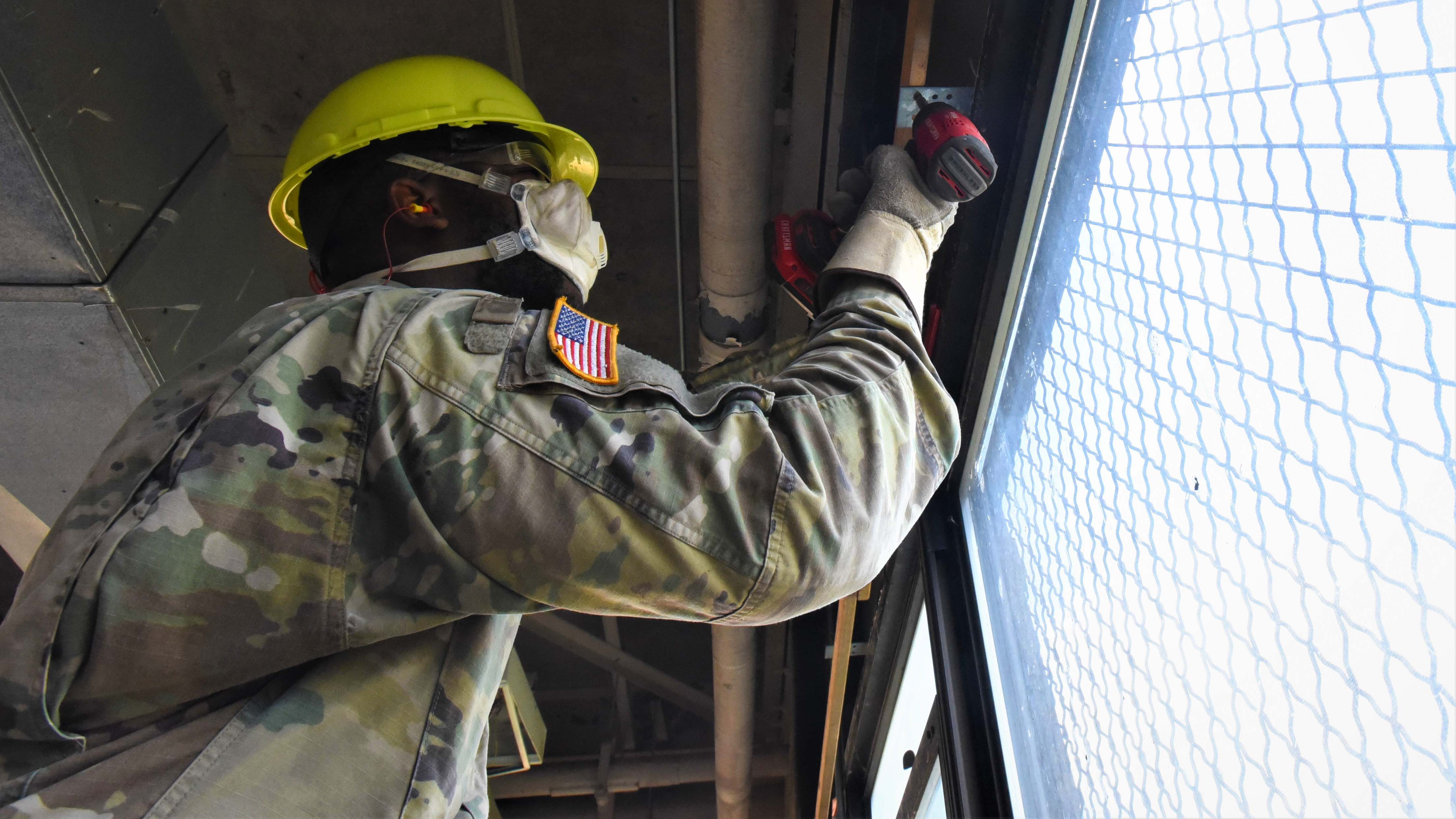Jacobson: Army Barracks Need ‘Immediate’ Investment
Jacobson: Army Barracks Need ‘Immediate’ Investment

The Army is committed to investing in barracks improvements, a senior Army leader told lawmakers.
“We recognize the linkage between the quality of our facilities and the ability to retain a ready force,” Rachel Jacobson, assistant Army secretary for installations, energy and environment, said during a hearing before the House Armed Services subcommittee on readiness. “Army shares the concern of Congress … that immediate and concrete measures must be taken to address our failing barracks.”
In response to concerns over soldiers’ living conditions and quality of life, the Army has increased its investment in barracks, Jacobson said during the Feb. 7 hearing. “The Army will make it work,” she said. “Our commitment is evidenced by our proposed investment in permanent party barracks, which now exceeds $1.5 billion per year across the Future Years Defense Program.” Investment across all types and components amounts to about $2.1 billion a year, Jacobson added.
Poor barracks conditions across the services are negatively impacting troops’ quality of life and readiness, according to a September 2023 report from the Government Accountability Office that Jacobson cited in her testimony.
The Army’s maintenance backlog, ineffective management and large number of buildings have all been factors in the barracks’ current state, Jacobson said.
Since the release of the report, the Army has been asking for input on barracks from leaders across the force. “We recently convened a barracks summit,” she said. “We asked the command sergeants major to … get input from their soldiers so that we could give those soldiers [a] better living experience.”
In response to barracks shortfalls, the Army is also implementing “a multipronged strategy” that prioritizes investment and sustainment in the Army’s facilities, Jacobson said.
“We will maximize every dollar we spend on barracks. Our funding must be focused on bringing as many barracks as possible out of [the] poor and failing category,” she said. “The Army has already committed to increasing our investments in sustainment. This funding will be used for large scale projects … to bring as many barracks as possible into good condition and keep them there.”
The Army has made progress, but “obviously, much work is needed,” Jacobson said. “Now is the time to roll up our sleeves and fix the problem,” she said. “The Army has made great strides in understanding the scale of the problem as well as the resourcing needs.”

